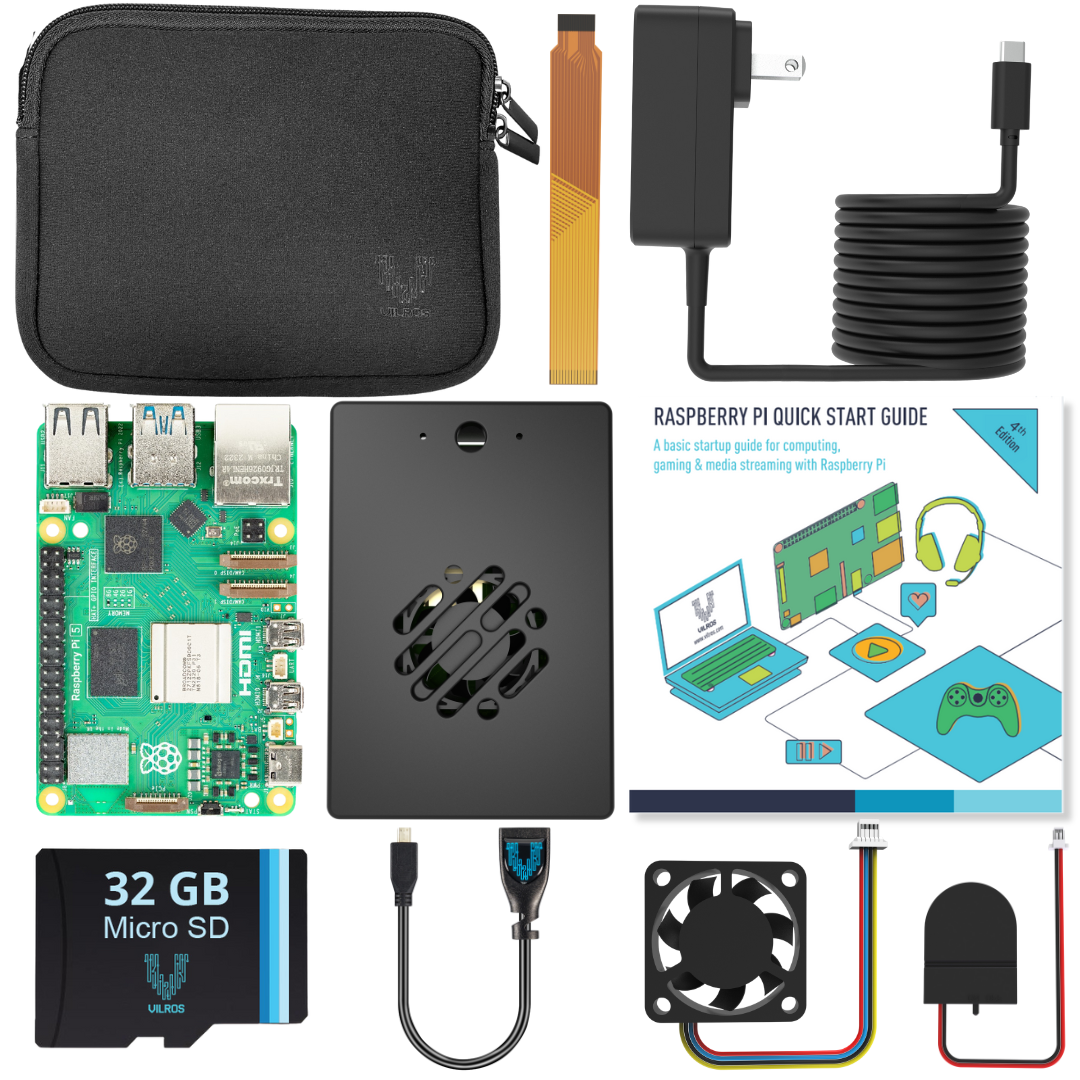
New update to Raspbian, the official supported operating system for Raspberry Pi
New update to Raspbian, the official supported operating system for Raspberry Pi
A new version of Raspbian, the official supported operating system for Raspberry Pi, was released on February 7, 2020 for all Pi boards (with a PC version to follow in a few weeks).
Raspbian is built on the Linux-based Debian OS, and this is the first major update since launch of their “Buster” (or Debian version 10) platform alongside the debut of Raspberry Pi 4 the previous June. (The minor updates that followed in July and September were mostly bug fixes.)
Here’s what you should know about the changes.
File Manager’s Places View
Raspbian’s file manager is designed to be lightweight, and in prior versions a cutdown mode that removed many less commonly-used functions was implemented as the default. One such feature was the “Places” view in a pane on the left-hand side of the window providing direct access to some particular locations in the file system, which was replaced by a generally more useful directory browser.
However, this made it more difficult to access external drives and devices, so the latest version restores a modified version of Places to the top of the browser in its own small panel, combining the best of both: a directory view, and easy access to external devices. The Places view can be customized or turned off completely in your Preferences under Layout.
The file manager’s taskbar now also has a New Folder icon, and some other cosmetic and design changes have been made.
Accessibility for the Visually Impaired
Raspbian’s desktop is now compatible with the Orca screen reader, which will read window titles, menus, button labels, and so on using synthesized speech. Orca can be installed from Recommended Software under Universal Access, and its settings can then be accessed by pressing the spacebar with the Insert key held down or by entering “orca -s” into a terminal window.
Note that some applications (such as Scratch, Sonic Pi, and Thonny) still aren’t Orca compatible, nor is the Chromium browser (though the forthcoming version 80, to be released in a few months, will be).
For an Orca compatible browser in the meantime you can install Firefox, though this is not otherwise recommended on Raspbian.
New Blocks for Scratch
Scratch, the block-based visual programming language and online community where kids can collaborate and share their projects, has two new blocks in the extension for Sense HAT, an add-on board for Raspberry Pi that includes an 8×8 RGB LED matrix, a gyroscope and accelerometer, and a joystick.
There are ‘display stage’ and ‘display sprite’, which show your current stage and current sprite on the LED, respectively.
Scratch 3 also now includes the ability to open a project directly from the command line upon launch (scratch3 filename.sb3).
Performance Improvements to Thonny
Thonny, the Python IDE for beginners, has been revamped to address performance issues, particularly those related to debugging. Previously, setting breakpoints would cause it to slow way down, especially when running PyGame Zero applications where the frame rate would start to lag noticeably.
The new version significantly improves performance.
Code the Classics
You can now install the Python games from Raspberry Pi founder Eben Upton’s recent book Code the Classics – Volume 1—Pong, Centipede, Bubble Bobble, Frogger, and Sensible Soccer—from Recommended Software under the Games menu.
Plus, you can find the code for the games in /usr/share/code-the-classics if you want to test out the improvements to Thonny.
Volume and Other Settings for External Audio Devices
Device-specific settings for external audio devices were previously controlled through a separate Audio Device Preferences application accessed through the main menu, which has been removed. Now, all audio settings are controlled through the volume plugin directly on the taskbar by simply selecting the external device as input or output, right-clicking the volume icon, and choosing Input Device Settings or Output Device Settings.
New Display Tab and Screen Blanking
The Systems tab under Raspberry Pi Configuration has been split with display-related options now on their own tab, including the ability to disable the timeout that blanks the screen after several minutes.
Pixel doubling, which just like it sounds doubles the size of every pixel on the screen for people with visual disabilities, has also been reenabled for Raspberry Pi 4.
Finally, shortcut keys have been updated to make them consistent with PCs: Ctrl-Alt-Delete now launches the shutdown options dialog instead of the task manager, which can now be opened with Ctrl-Shift-Escape.
Where to Get It
You can get the latest version of Raspbian for your Raspberry Pi at https://www.raspberrypi.org/downloads/.
While this is the updated version of the operating system developed specifically for Raspberry Pi 4, remember that all new versions of Raspbian are designed to also run on any previous version of Raspberry Pi. You can select among Raspbian Buster with desktop and recommended software at 2532 MB, Raspbian Buster with desktop at 1138 MB, and Raspbian Buster Lite at 433 MB.
Check out our collection of Raspberry Pi boards, and update yours to the latest version of Raspbian to make sure it has all the features outlined above!
And be sure to come back regularly to our Vilros blog to stay up to date with news about Arduino and Raspberry Pi!





